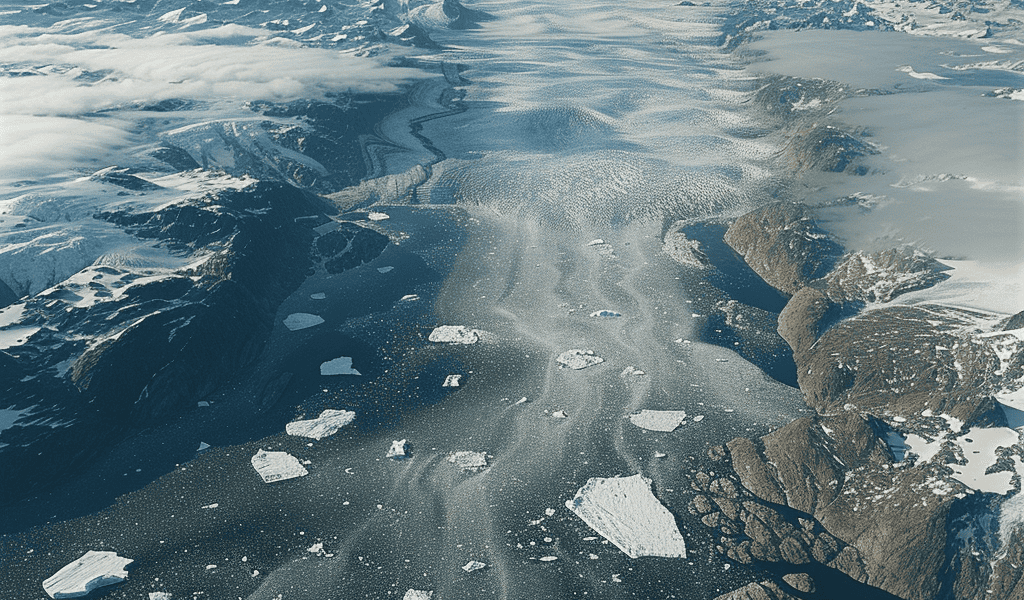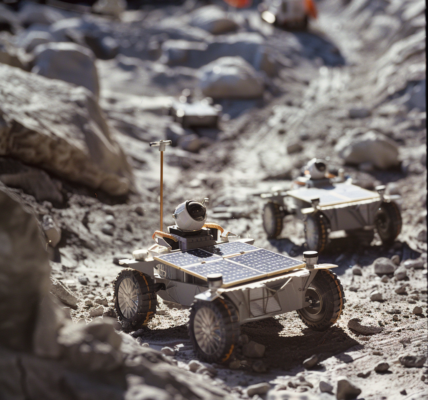In a new study, Nasa’s Jet Propulsion Laboratory has unveiled alarming findings about the state of Greenland’s ice sheet hinting at the growing threats of the climate change. The comprehensive analysis, which scrutinised nearly four decades of satellite data, reveals that the ice sheet has lost approximately 21 per cent more mass than earlier estimates suggested.
The research, published in the journal Nature, which meticulously examined glacier positions from 1985 to 2022, found that out of 207 glaciers, a staggering 179 have retreated significantly. This retreat is primarily occurring in fjords below sea level around Greenland’s periphery, where ancient glacial ice once stood.
The ice retreat has consistently outstripped growth. As these glaciers calve and retreat, they are likened to ‘pulling the plug out of the fjord,’ allowing ice to drain into the ocean more rapidly, explains Chad Greene, a leading glacier scientist at JPL.
This additional loss of ice, amounting to roughly 1,140 billion tons, was previously unaccounted for by the international Ice sheet Mass Balance Inter-comparison Exercise (IMBIE). While this ice does not directly contribute to rising sea levels since it breaks off from areas already submerged or floating, it signifies a substantial influx of fresh water into the oceans.
This could potentially disrupt the Atlantic Meridional Overturning Circulation — a crucial component of the global oceanic ‘conveyor belt’—with far-reaching consequences for the climate. The findings underscore the urgent need for concerted global action to address the climate crisis and its impact on polar ice sheets.





